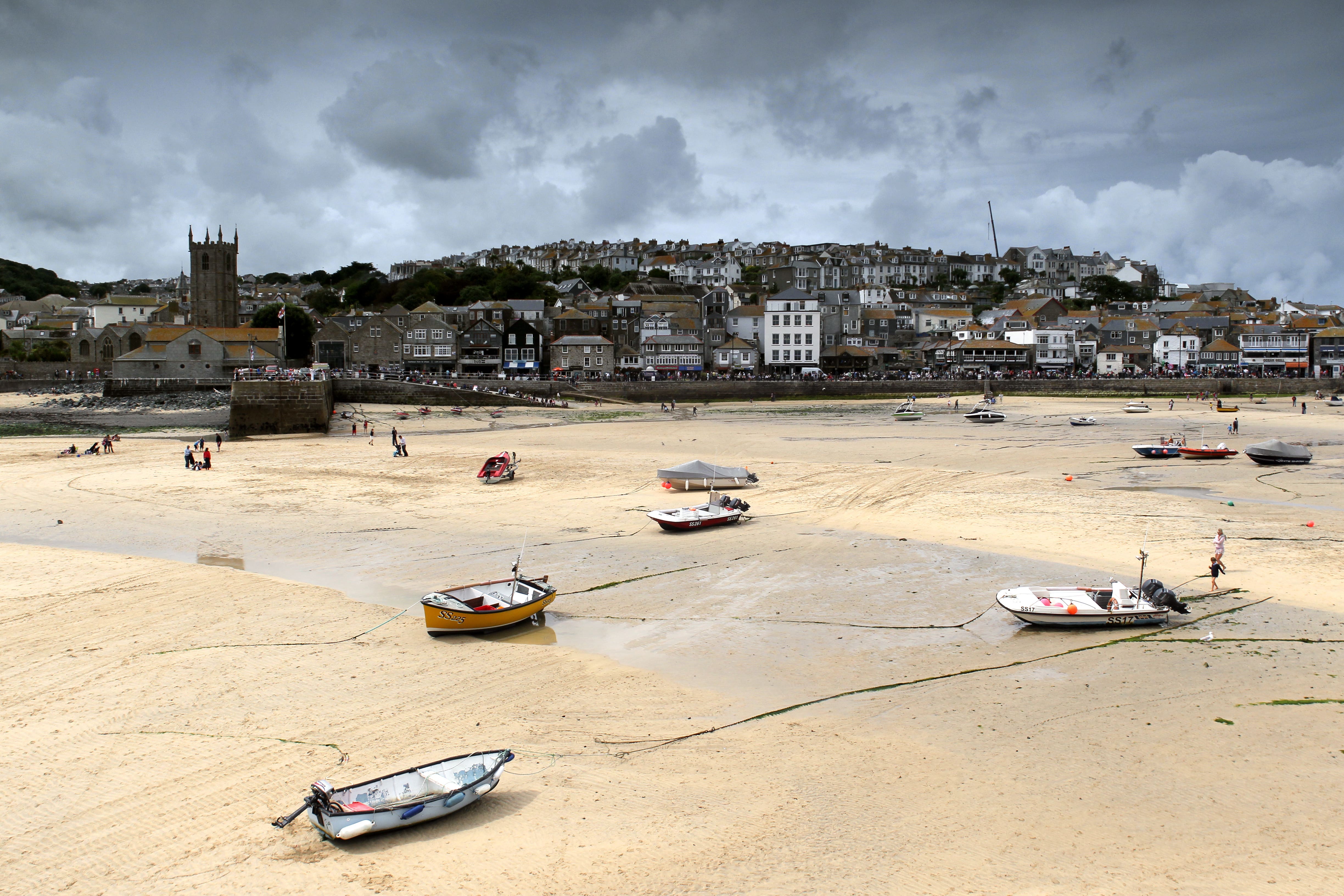Number of people staying in holiday homes jumps in decade, census data shows
There was a 4.7% increase between 2011 and 2021 in the number of people staying in a holiday home for more than 30 days per year.

Your support helps us to tell the story
From reproductive rights to climate change to Big Tech, The Independent is on the ground when the story is developing. Whether it's investigating the financials of Elon Musk's pro-Trump PAC or producing our latest documentary, 'The A Word', which shines a light on the American women fighting for reproductive rights, we know how important it is to parse out the facts from the messaging.
At such a critical moment in US history, we need reporters on the ground. Your donation allows us to keep sending journalists to speak to both sides of the story.
The Independent is trusted by Americans across the entire political spectrum. And unlike many other quality news outlets, we choose not to lock Americans out of our reporting and analysis with paywalls. We believe quality journalism should be available to everyone, paid for by those who can afford it.
Your support makes all the difference.Thousands more people were staying in holiday homes for more than 30 days per year in 2021 than a decade earlier, according to Census data.
The Office for National Statistics (ONS) released figures showing the characteristics of people in England and Wales with a second address.
It said there was a 4.7% increase between 2011 and 2021 in the number of people staying in a holiday home for more than 30 days per year, rising from 426,000 to 447,000.
The ONS said the peak age of people staying in holiday homes has increased, from 64 years old in 2011 to 73 years old in 2021, which it said likely reflects the size of this generation and their holiday home ownership ageing over the decade.
In 2021, more than three-quarters (77.0%) of people who stayed at a holiday home were aged 50 and over.
Among people with a holiday home outside the UK, Spain, followed by France, were found to be the most popular locations.
Most people who stayed at a holiday home in the UK in 2021 were between 31 miles (50 kilometres) and 124 miles (200 kilometres) from their usual address, the ONS said.
More than 6,000 people in 2021 had a holiday home that was less than six miles (10 kilometres) from where they usually live.
The average distance between a usual address and holiday home in the UK was 90 miles (145.7 kilometres).
Kensington and Chelsea in London had the highest proportion of usual residents (5.7%) who spent 30 days or more at a holiday home.
The Vale of Glamorgan (0.8%) and Monmouthshire (0.8%) were among the local authority areas with the highest proportions of people usually resident in Wales who stayed at a holiday home.
Overall in 2021, 3.2 million (5.3%) usual residents in England and Wales reported that they had a second address where they spend 30 days or more a year. This number increased from 2.9 million (5.2%) in 2011.
The largest second address type was another parent or guardian’s address, and the second largest address type was a student’s home address.
The number of usual residents who stayed at a second address while working away from home fell by 25.5% between 2011 and 2021.
The ONS said it is important to consider the impacts of the coronavirus pandemic on the figures.
Students may have been more likely to be living with their parents for the whole year rather than using a different term-time address, for example.
The pandemic also prompted a “race for space” in the housing market, with rural and coastal locations being particularly popular.
Proposals were announced on Monday as part of a Scottish Government and Cosla consultation, that could mean councils could charge more than double the full rate of council tax on second homes.
The proposed changes would enable councils to charge up to double the full rate of council tax on second homes from April 2024, bringing them in line with long-term empty homes.
Figures show that in January 2023 there were 42,865 long-term empty homes in Scotland.